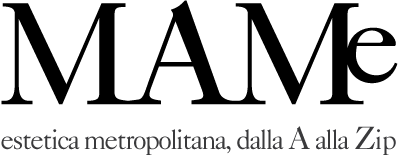Penn
Irving (1917). American photographer. He started off working as a graphic designer after studying design with Alexey Brodovitch at the Philadelphia School of Industrial Art, then moved to New York in 1938. In 1943 he became assistant to the editor of Vogue, Alexander Liberman, who gave him the job of organizing the staff photographers. Penn was snubbed by big names like Cecil Beaton and De Meyer, who were little inclined to deal with, and even less to obey, a young unknown. They complained to Liberman who decided to entrust Penn to an assistant to show him the secrets of the large format camera and transform him into a photographer. Liberman himself commissioned Penn’s first Vogue cover for the October 1943 issue: it is not a portrait or figure, but a still-life composed of fashion accessories against a sheet of paper held in place by a hat pin embellished with a pearl, on which are written the cover lines. It is an idea that could only have come to somebody trained as a graphic designer. Penn had an excellent knowledge of all the photographic processes and his images stand out for the simplicity of their composition, which seems thought out to bring into greater relief the shape and elegance of his ever-graceful figures and the abstract play on lines and dimensions. It is hard to distinguish between Penn’s fashion photography, where he gives a lot of space to the model’s personality, and his studio portraits: in the latter Penn plays around with space using moveable panels that recall those of August Sander, concentrating the gaze on his subjects so as to corner them (in the case of Truman Capote), or play with them, as with Duchamp. An incredibly eclectic artist, he passed from the figure to the nude, from the elegance of sepia-toned black-and-white to the delicacy of color used in all possible shades. His memorable and classic images include still-lives inspired by Caravaggio’s school of painting, slightly wilted flowers, ready-made compositions of cigarette butts or abandoned objects, elegantly formal headless nudes, and often disturbing and provocative creations on the theme of food. Held in high regard by collectors, he has held retrospectives all over the world and has published various books including Moment Preserved, World in a Small Room, Flowers, Irving Penn (a catalogue of the 1987 exhibition at the Museum of Modern Art in New York), Passage in 1991 and Still Life in 2001.
